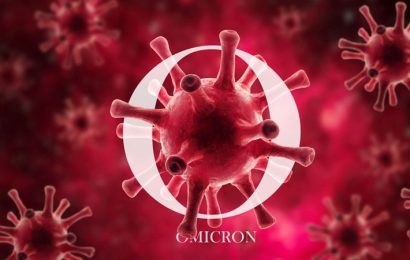A unique remote monitoring system, developed at MIT and deployed in some hospitals and long-term care settings, is now showing further promise for advanced assessment of potential COVID-19 outbreaks in nursing homes and other congregate care communities, according to researchers at the school’s CSAIL institute.
WHY IT MATTERS
The technology, first developed to keep remote tabs on individuals who might have Parkinson’s or dementia, works by tracking vital signs such as heart-rate and breathing – all without any physical contact.
The system, known as RF-ReID – for “radio-frequency re-identification” – works by analyzing small changes in the wireless signal of an indoor environment, researchers say.
Now, CSAIL scientists have published a new research report showing how the tool can also identify specific patients that have been previously monitored, and distinguish among as many as 40 unique persons.
This could allow the technology to be a valuable means of continuous remote monitoring, said researchers, especially for people living together in group settings such as nursing homes.
RF-ReID’s detection of heart rate and respiration patterns, for example, could help these providers monitor changes in vital signs, across the group and among individuals, to “detect outbreaks of infectious diseases like COVID-19.”
THE LARGER TREND
Professor Dina Katabi, director of the MIT Wireless Center, who has been the lead researcher on the technology for years, notes that, while there are other methods for tracking measurements from the same person over time – surveillance cameras, wearable devices – those approaches are impractical and don’t offer the same privacy guarantees as RF-ReID.
That tool is able to re-identify people using a range of qualities it infers from radio signals: body size, walking speed, and even walking style. (Parkinson’s patients, for example, have a distinctive gait that tends to be much slower and more jolting.)
Lijie Fan and Tianhong Li, MIT graduate students who co-developed RF-ReID, say they plan to adapt the system to detect and track health problems among high risk populations. They developed the project alongside visiting scholar Rongyao Fang, master’s student Rumen Hristov and postdoctoral associate Yuan Yuan.
The team used the system in 19 different retirement communities, and found that, after training it on more than 20 people, it could look at a new person and re-identify them after barely 10 seconds of physical activity.
ON THE RECORD
“The new invention allows us to identify measurements from the same person, but without collecting identifying private information about them, including their appearance,” said Prof. Katabi.
As CSAIL researchers explain it: “RF-ReID essentially takes the collective pulse of the larger community so that it can monitor larger trends about community members’ day-to-day health. If the system notices that multiple (anonymized) individuals have had labored breathing or reduced heart-rates, it could alert care workers and encourage them to consider doing a round of COVID-19 tests.”
Twitter: @MikeMiliardHITN
Email the writer: [email protected]
Healthcare IT News is a publication of HIMSS Media
Source: Read Full Article


